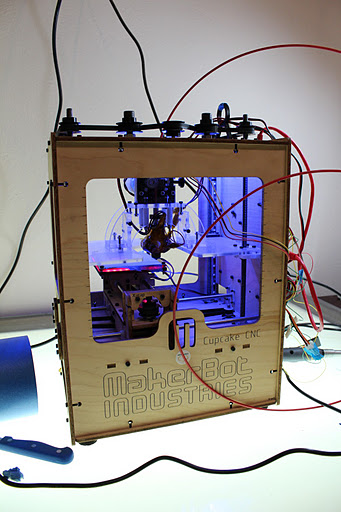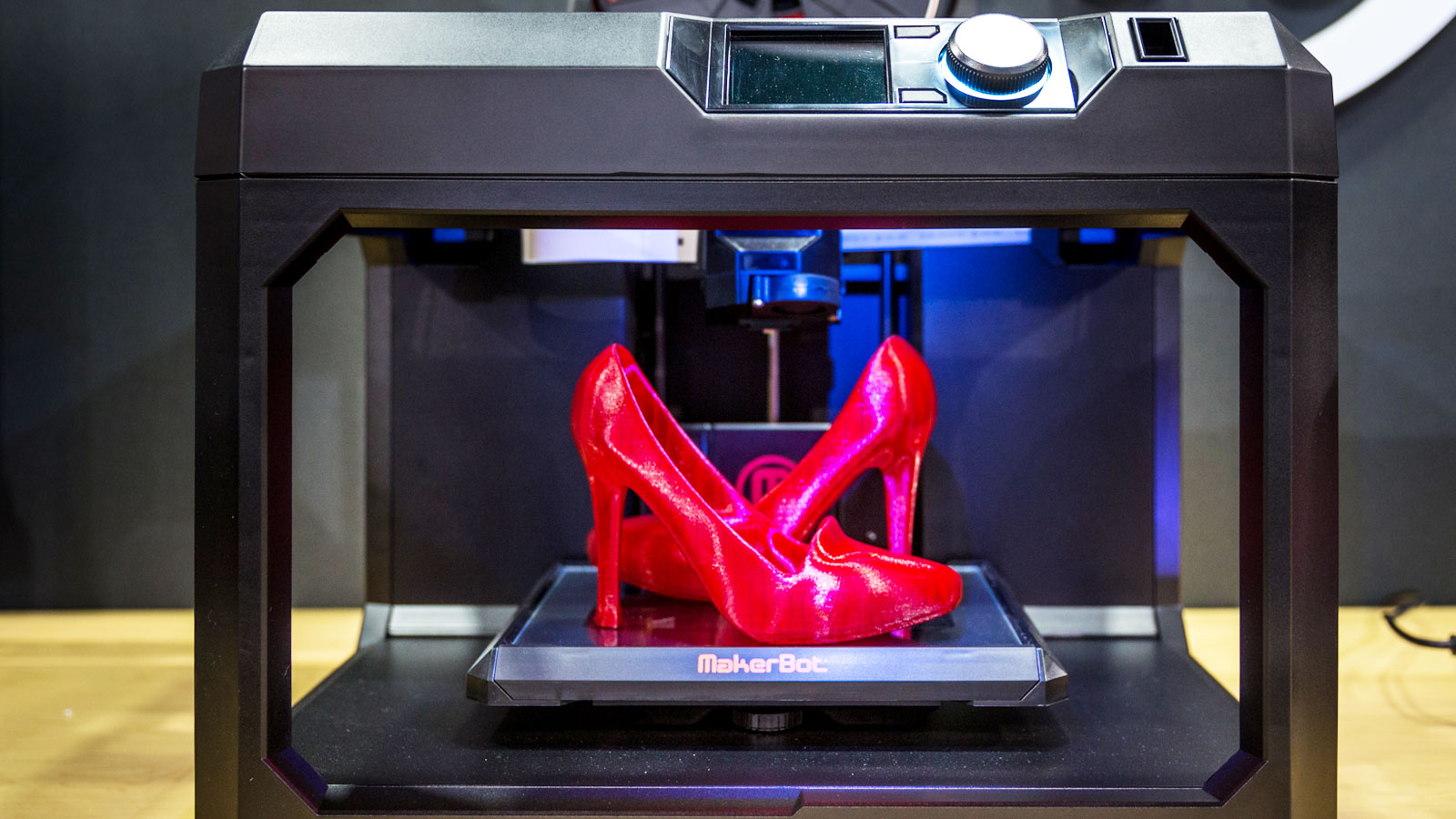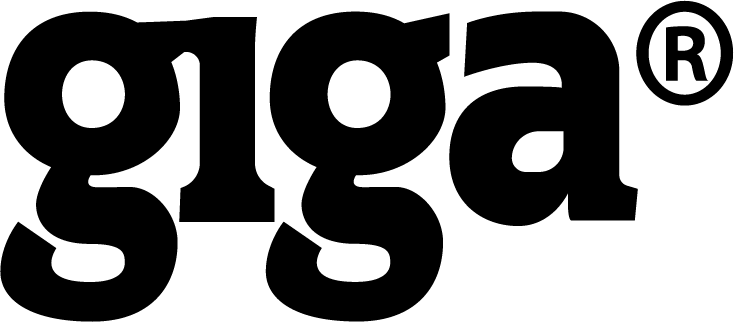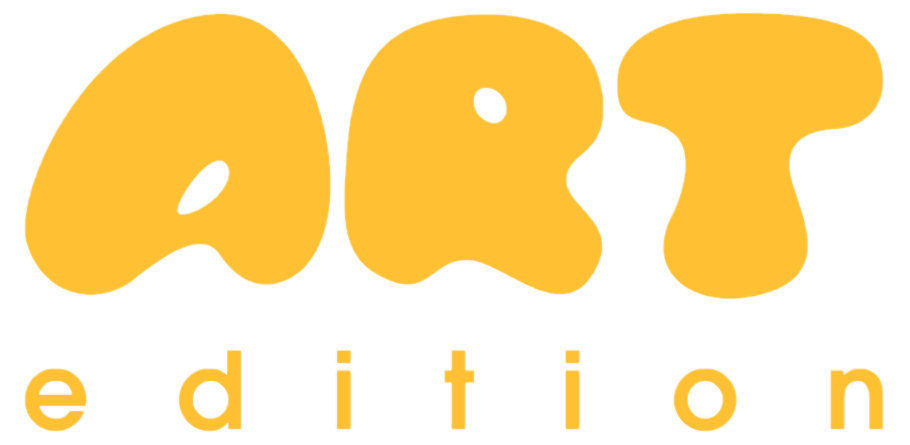3D printing is a method of additive manufacturing in which objects are made by successively adding layers of material. Various types of material can be used in 3D printing, mainly ceramics and polymers. Compared to other additive manufacturing technologies and equipment, 3D printers are usually faster, cheaper and easier to use. For this reason, many believe that in the coming years global production of goods will shift in this direction, gradually replacing traditional techniques.More than a few believe that 3D printing will be a “new industrial revolution”, as it will bring decentralisation of production processes, paving the way for local and small-scale production tailored to current needs.
3D printers are mainly used to make physical models and prototypes by designers, engineers and new product development teams, they have the ability to print parts and components from different materials, with different mechanical and physical properties and often in a single manufacturing process. The new technology for managing and moving materials (as they are or by reproducing them) is called (digital) MatterNet, by analogy with internet technology (internet), which allows the management and transfer of information (text, still or moving images and sound).


 group
group






